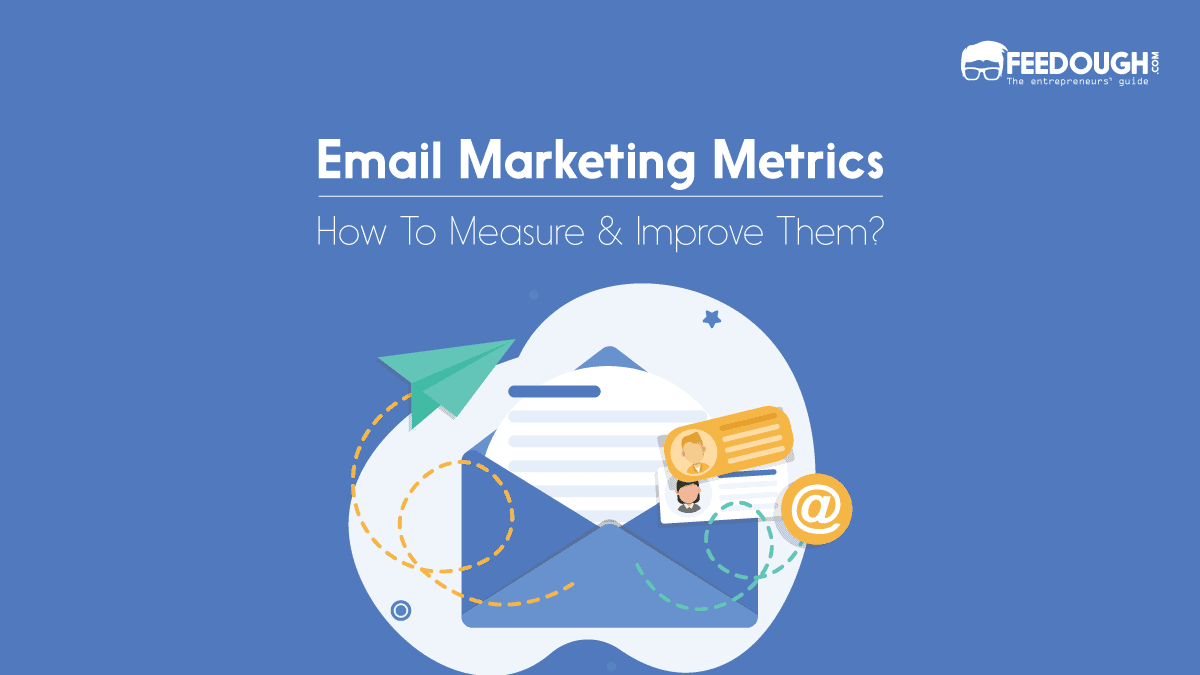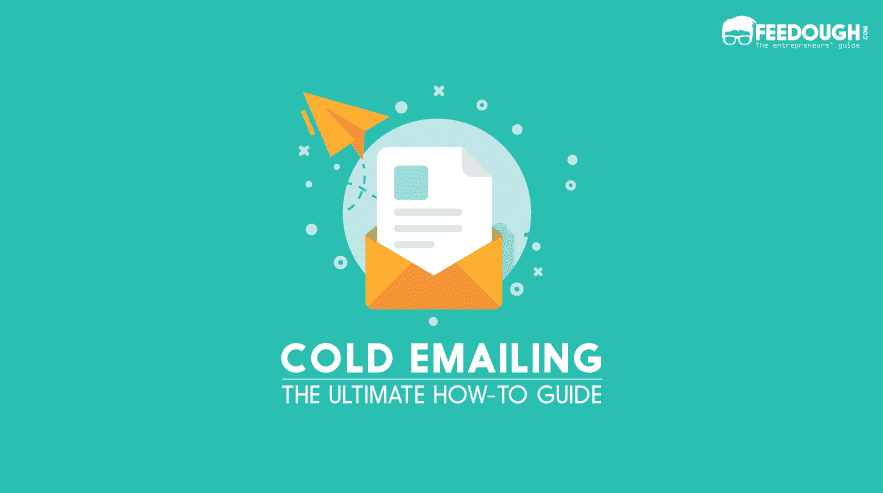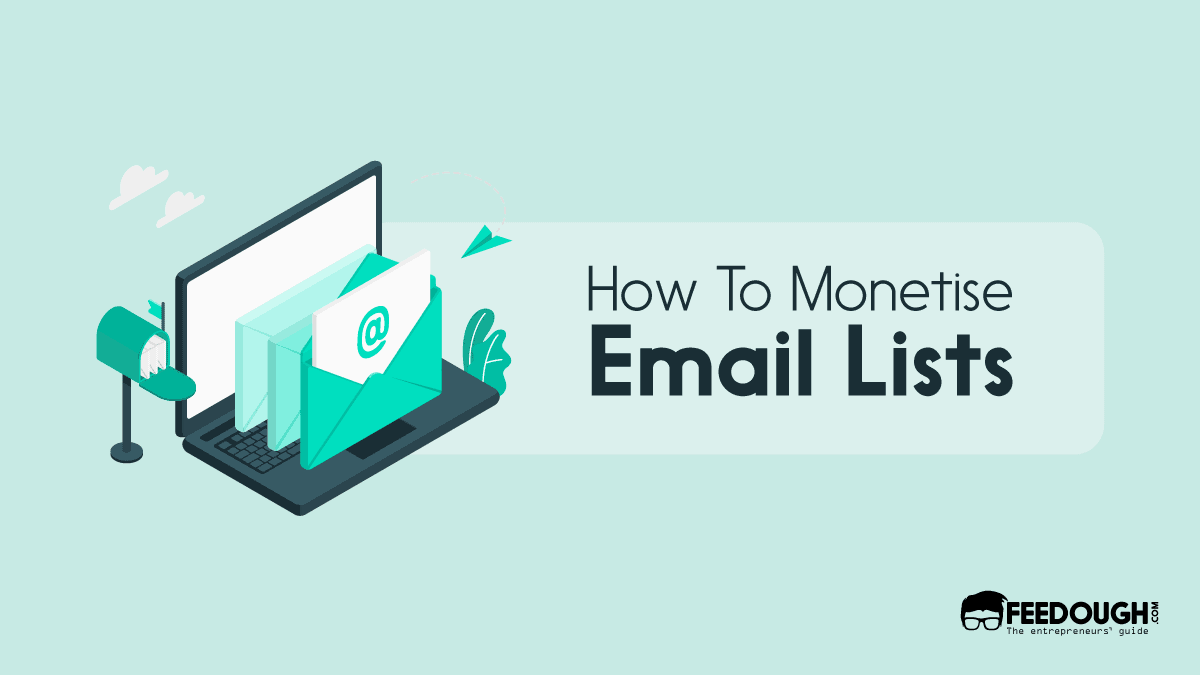Email marketing is a highly measurable way of communicating with your customers, and the results are tangible. According to DMA, for every dollar spent on email marketing, companies get an average $38 in return. However, it isn’t just the content that matters; several other factors and email marketing metrics also play into whether or not you’re getting the most out of your emails.
For example, what if your emails are not even reaching their recipients? What if they’re being filtered by spam filters, or are being blocked by the recipient because they have set up certain rules for filtering mail (e.g., “I don’t want to receive any more than three emails from this sender per day”)? Or what if people are receiving your emails but aren’t opening them? If you can’t measure these things, how will you know which emails are working?
Here’s a list of the top 10 email marketing KPIs you need to track right before you start writing your next email to a week after you’ve sent it.
- Deliverability rate
- Bounce rate
- Open rate
- Clickthrough rate
- Click-to-open rate
- Unsubscribe rate
- Conversion rate
- Reply rate
- Revenue per email (RPE)
- Revenue per subscriber (RPS)
Deliverability Rate
Email deliverability rate (also referred to as acceptance rate) is the percentage of emails that were successfully delivered to recipients’ inboxes.
Suppose you sent 1000 emails to your list and only 950 of them were delivered. Your email deliverability rate would be 95% (950/1000).
Knowing this email marketing metric is important because if your emails are not being delivered, it’s bad for two reasons:
- You’re hurting your sender reputation because ISPs may flag you as a spammer if too many of your emails are not being delivered. Moreover, your Email Service Provider (ESP) could even suspend your account if your deliverability rate is too low.
- You’re also not reaching your audience because they’re not receiving your emails. This hurts your bottom line because you’re not able to engage with them and promote your product or service.
Deliverability rates can be improved by:
- Authenticating your email with SPF and DKIM: These records help ISPs to verify that your email is coming from a legitimate source and not from a spammer.
- Using a double opt-in list: This helps to ensure that people who sign up for your emails actually want to receive them.
- Keeping your list clean: This means removing invalid or inactive email addresses from your list on a regular basis.
- Using a good-quality IP address: A good IP address is one that has a good reputation with ISPs and is not on any blacklists.
- Choosing an ESP with a good reputation: A good email service provider like Mailchimp or Moosend ensures that your emails are more likely to reach the inbox.
Email Bounce Rate
Email bounce rate is the percentage of emails that could not be delivered to the recipient’s inbox. There are two types of bounces:
- Hard bounce: This is when an email cannot be delivered because the address is invalid or doesn’t exist.
- Soft bounce: This is when an email cannot be delivered temporarily, for example, because the mailbox is full or the server is down.
While you should aim to keep your bounce rate as low as possible, as a rule, anything under 2% is considered good. A high bounce rate is a sign that your email list is not well-maintained and includes invalid or inactive email addresses. This affects your deliverability and could lead to your emails being marked as spam.
To reduce your bounce rate, make sure you are only sending emails to addresses that are active and valid. You can do this by regularly verifying your email list using a tool like Hunter’s Email Verifier. Another way to reduce your bounce rate is to set up an automatically bounced email handler that will unsubscribe or delete invalid addresses from your list. Know that a high bounce rate can hurt your entire email marketing campaign, so it’s important to keep an eye on this email marketing metric and take steps to reduce it.
Open Rate
The email open rate is the percentage of people who opened your email out of the total number of people who received it. For example, if you sent your email to 100 people and 50 of them opened it, your open rate would be 50%. Typically, open rates depend on the industry you’re in and the type of email you’re sending.
For example, the advertising and marketing industry sees an average of 20.5% open rate while the retail sector sees an average of 17.1% open rate. Open rates can vary depending on:
- Subject line: Your subject line is the first thing recipients see when they receive your email. If it’s not interesting or relevant, they may not bother opening it.
- Sender name: If recipients don’t recognize the sender’s name, or if the name looks like spam, they may be less likely to open the email.
- Preheader text: This is the brief summary of the email that appears in the inbox next to the subject line. It can play a role in whether or not someone opens your email.
Besides these, the tab where the email was found also matters. For example, if it was found in the Promotions tab (Gmail), it is likely that people will treat it as an advertisement and may not open it. The only way to avoid this is by getting the mail to the general tab which happens only when your recipients –
- Open your emails regularly
- Interact with your emails (click links, reply)
- Add your email address to their contact list
- Use an email service that doesn’t have tabs (like Outlook)
Sender reputation is another factor that determines whether or not your emails will be opened. A good sender reputation means that your emails are less likely to end up in the spam folder.
Clickthrough Rate
Clickthrough rate (CTR) is the number of people who click on at least one link in your email divided by the total number of emails delivered. For example, if you sent an email to 100 people and 20 of them clicked on a link, your CTR would be 20%. This is irrespective of how many people opened the email.
CTR depends majorly on the email copy and design. For example, if your mail copy looks spammy, people are less likely to click on it. Similarly, if the email design is not attractive or doesn’t look trustworthy, people are less likely to click on it. Analysing your email’s CTR helps you gauge performance in the following areas:
- Email fatigue: If people are not clicking on your emails, it could be because they are getting too many emails from you. This is where segmentation can help. By segmenting your list and sending more targeted emails, you can reduce email fatigue.
- Email copy quality: CTR is a good email marketing metric to gauge the quality of your email copy. If your CTR is low, it could be because your email copy is not interesting or relevant enough.
- Link placement: The placement of links in your email can also affect CTR. If links are not placed prominently, people might not notice them.
Click-to-Open Rate
Unlike CTR, click-to-open rate (CTOR) measures the number of people who click on a link divided by the number of people who open the email. Most marketers agree that CTOR is a more accurate email marketing metric than CTR for gauging email engagement. This is because CTR measures the number of people who click on a link, regardless of whether they opened the email. This metric is especially important for understanding the effectiveness of your email copy than email fatigue.
Unsubscribe Rate
The unsubscribe rate measures the number of people who unsubscribe from your email list divided by the total number of people who received your email. A high unsubscribe rate could be a sign that your emails are not relevant to your subscribers or that you are sending too many emails.
While many marketers consider unsubscribe rate to be a weak email marketing metric, it is still important to track in order to ensure that your emails are not causing subscribers to opt out of your list. Having an unsubscribe rate below 0.5% is considered good, while anything above 1% is considered high.
Ensure to incentivise people to stay on your list by offering valuable content, discounts, or other perks. You can also segment your email list so that people only receive emails that are relevant to them.
Conversion Rate
The conversion rate is the number of people who take a desired action divided by the number of people who received your email. In simple terms, it’s the percentage of people who do a desired action after receiving your marketing email. For example, if you sent an email to 1,000 people asking them to buy a product and 100 people end up buying it, your conversion rate would be 10%. A good conversion rate is typically anything above 2%, but this varies depending on factors like:
- Your industry: Some industries with low-cost products requiring little consideration will have higher conversion rates than others.
- What the desired action is: Actions that require more effort will have lower conversion rates. For example, signing up for a free trial is usually easier than making a purchase.
- What you’re selling: physical products usually have lower conversion rates than digital products.
- The quality of your list: If you’re targeting a cold audience with little interest in your product, you can expect a lower conversion rate than if you’re targeting a warm audience who’s already familiar with your brand.
- Your offer: A great offer can overcome a poor list or low open rate, while a weak offer will struggle to get conversions even with the best list and highest open rate.
- Email type: Promotional emails typically have lower conversion rates than transactional or triggered emails.
Assuming you have a decent offer and are targeting a warm, engaged audience, ensure:
- You send emails only to those who have opted in to receive them.
- Conversion-oriented emails are not randomly sent but rather are the result of a specific action or series of actions taken by the recipient.
- The email contains a single, clear call to action.
Reply Rate
Just as important as open rate, reply rate is a measure of engagement and indicates how effective your email content is. If people are replying to your emails, it’s a good sign that they’re finding the content interesting and valuable. There are a few things you can do to encourage people to reply to your emails, such as:
- Asking questions in the email content
- Being human and friendly in your tone
- Making it easy for people to reply (including a “reply to” email address, and maybe even a link to a contact form on your website)
Tracking reply rate can help you fine-tune your email content and make sure you’re creating content that people want to engage with.
Revenue Per Email (RPE)
Revenue per email is a metric that tells you how much money each email in your campaign is bringing in. To calculate it, simply take the total revenue generated by the campaign and divide it by the number of emails sent. This email marketing metric can be helpful in a few ways:
- It can help you see which types of emails are more effective at generating revenue so you can create more of them.
- You can use it to track the results of changes you make to your email content or design.
It’s among those email marketing metrics that can help you benchmark your results against other businesses in your industry.
Revenue Per Subscriber (RPS)
Similar to RPE, revenue per subscriber is an email marketing metric to track the effectiveness of your email list. To calculate it, take your total email list revenue and divide it by the number of subscribers on your list. This number will give you an idea of how much each subscriber is worth to you and can help you prioritise your efforts when it comes to growing your list.
Ideally, you want to see this number going up over time as you add more subscribers and continue to improve your email marketing. If it’s stagnant or declining, it could be a sign that you need to focus on generating higher quality leads or providing more value to your existing subscribers.
Bottom-Line?
Email marketing isn’t a game of chance, there are a number of metrics you can focus on to ensure your campaigns are as successful as possible. Paying close attention to your email analytics will help you to identify areas that need improvement and enable you to make the necessary changes to increase your ROI. Ensure that your efforts start right before you even hit send.
- Authorise your sender name and ensure that your from address is consistent with the rest of your branding.
- Segment your list to send more targeted, personalised messages and avoid bombarding your subscribers with irrelevant content.
- Before you hit send on your next campaign, take the time to test different subject lines, email content and calls-to-action to see what works best for your audience.
Once you’ve sent your email, track, measure and analyse your results so that you can learn from your successes and improve upon your failures.
Go On, Tell Us What You Think!
Did we miss something? Come on! Tell us what you think about our article on email marketing metrics in the comments section.
A startup consultant, digital marketer, traveller, and philomath. Aashish has worked with over 20 startups and successfully helped them ideate, raise money, and succeed. When not working, he can be found hiking, camping, and stargazing.


![What Is Email Marketing [Detailed Guide] email marketing](https://www.feedough.com/wp-content/uploads/2022/08/email-marketing.webp)



![How To Automate Email Marketing [Complete Guide] Automate email marketing](https://www.feedough.com/wp-content/uploads/2024/07/Automate-email-marketing-150x150.webp)


